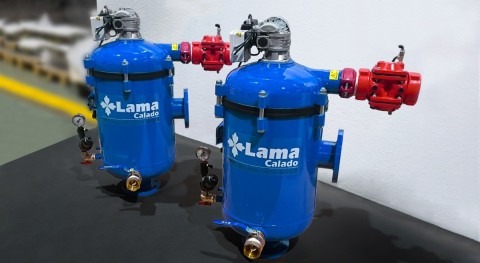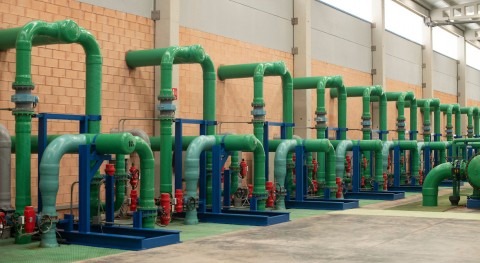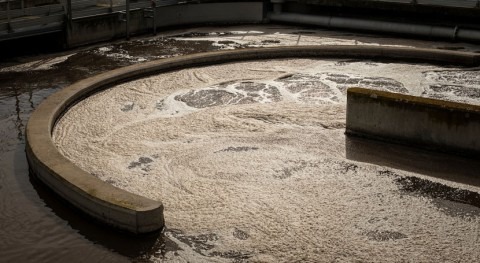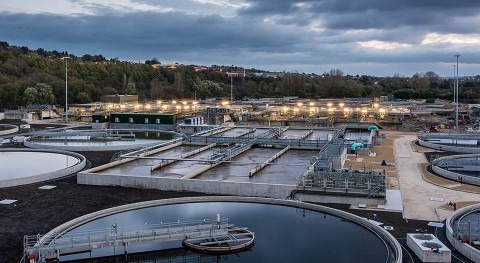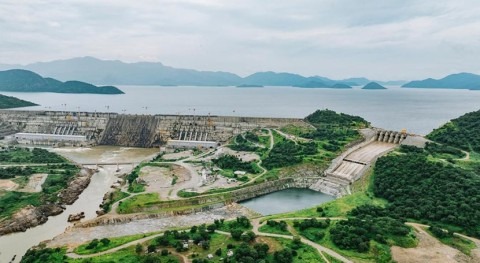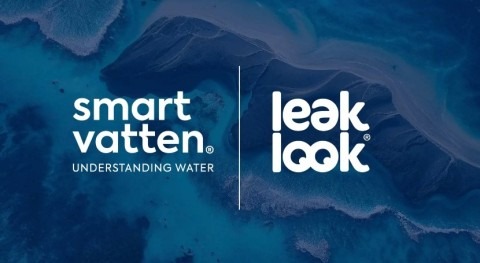The American Society of Civil Engineers (ASCE) has released its 2025 Report Card for America’s Infrastructure, giving the nation an overall grade of ‘C’ — the highest grade ever awarded since the report’s inception in 1998. While that marks progress, the ASCE warns that the U.S. remains far from where it needs to be, particularly in water infrastructure. The grades for drinking water, wastewater, and stormwater systems remain in the ‘C-’ to ‘D’ range, unchanged since the last ASCE Report Card in 2021, underscoring persistent underinvestment in the backbone of public health and environmental resilience.
“Every American household or business immediately feels the impact of just one inefficiency or failure in our built environment,” said Darren Olson, chair of the 2025 Report Card. “Better infrastructure is an efficient investment of taxp ayer dollars that results in a stronger economy and prioritizes American jobs, resilience and connectivity.”
Drinking Water: C-
Despite some improvements, America’s drinking water infrastructure continues to show signs of strain. The 2025 Report Card reiterates the longstanding concerns over aging infrastructure, growing climate impacts, and the health risks posed by more than 9 million lead service lines still in use. In 2023, the Environmental Protection Agency (EPA) estimated a staggering $625 billion in drinking water investment needs over the next two decades — up more than $150 billion from its 2018 estimate.
While the Infrastructure Investment and Jobs Act (IIJA) allocated over $30 billion for drinking water improvements, including lead line replacement and combatting PFAS contamination, the funding gaps remain significant. State revolving funds (SRFs), a key financing tool, continue to fall short in meeting demand. Only about 30% of utilities have fully implemented asset management plans, though digital tools for predictive maintenance are beginning to see broader use.
M. Susan Hardwick, Chief Executive Officer of American Water, issued a blunt response to the unchanged grade. “Another report card, and no change or improvement in the last four years. America’s drinking water and wastewater infrastructure is stagnant,” she said. “With over a trillion dollars in infrastructure investments needed in water and wastewater over the next two decades, American Water continues to work with local and federal leaders to provide expertise and investment in communities that need to strengthen their water systems — and we will not slow down.”
Wastewater: D+
Wastewater systems, valued at over $1 trillion and encompassing nearly 17,500 treatment plants, continue to age without sufficient reinvestment. While sanitary sewer overflows have decreased in frequency and the number of combined sewer systems has slightly declined, overall renewal rates are lagging. Capital project replacement has dipped from 3% to 2%, even as detection and regulatory expectations have grown.
The 2025 Report Card identifies a major funding gap — of the $99 billion needed annually for wastewater and stormwater, only 30% is currently being met. If unaddressed, the funding shortfall could balloon to more than $690 billion by 2044.
The ASCE recommends bolstering asset management, supporting new grant programs to eliminate combined sewer systems, and increasing collaboration among utilities, researchers, and regulators to tackle emerging contaminants like PFAS. Rate structures must also evolve to cover true system costs while ensuring affordability.
Hardwick stressed that investment must be both sustained and collaborative. “The solution is an ‘and’ not ‘or’ approach that requires the public and private sectors to work together,” she said. “Together, we can safeguard the environment, incentivize economic investment, and ultimately create American jobs.”
Stormwater: D
Stormwater infrastructure received one of the lowest grades in the 2025 Report Card, tying with transit at a ‘D’. The degradation of rivers and streams across the country reflects this underperformance. From 2010 to 2022, the length of impaired U.S. waterways jumped from 424,000 to more than 703,000 miles. While this is partly due to better monitoring, it highlights the pressure stormwater systems face from aging pipes and increasing rainfall intensities linked to climate change.
Stormwater utilities are raising rates to cover capital and maintenance costs, but revenue is not keeping pace with growing needs. According to the EPA, the 20-year need for large stormwater systems increased nearly fivefold in a decade — from $23.8 billion in 2012 to $115.3 billion in 2022.
The report calls for targeted solutions, including a dedicated stormwater funding mechanism, better data collection, green infrastructure integration, and increased workforce development for “green collar” jobs. It also emphasizes the need to incorporate climate variability into codes and standards, especially as urban flooding becomes more frequent and severe.
Looking Ahead
The 2025 Report Card offers both a reality check and a call to action. While improvements in funding and policy — particularly from the IIJA — have sparked progress, the water sector continues to struggle under the weight of deferred maintenance and growing public health expectations. Resilience, sustainability, and innovation must be at the heart of future investments if America hopes to raise these grades.
As ASCE President Feniosky Peña-Mora said, “While this showcases that investment leads to direct results, the job is not yet done.”









